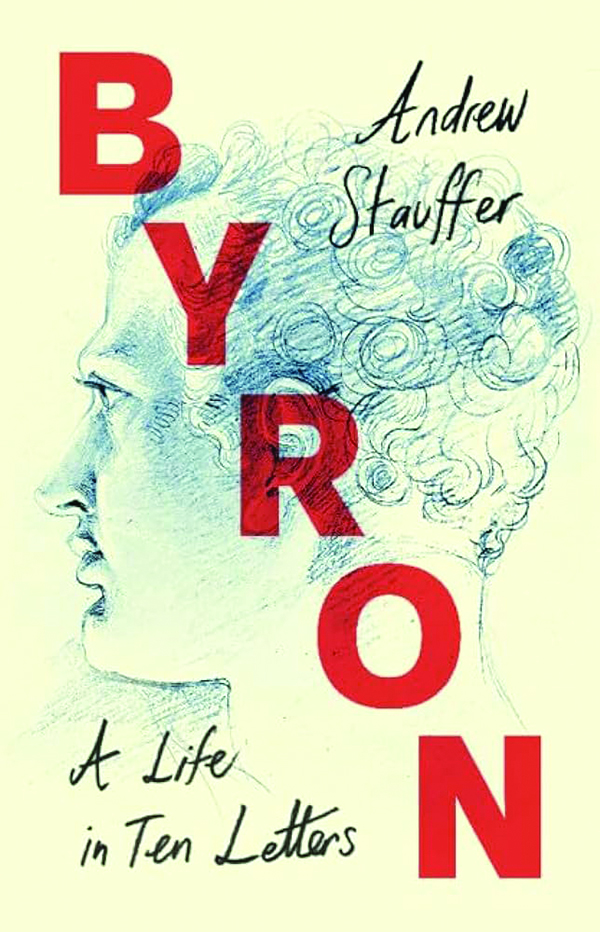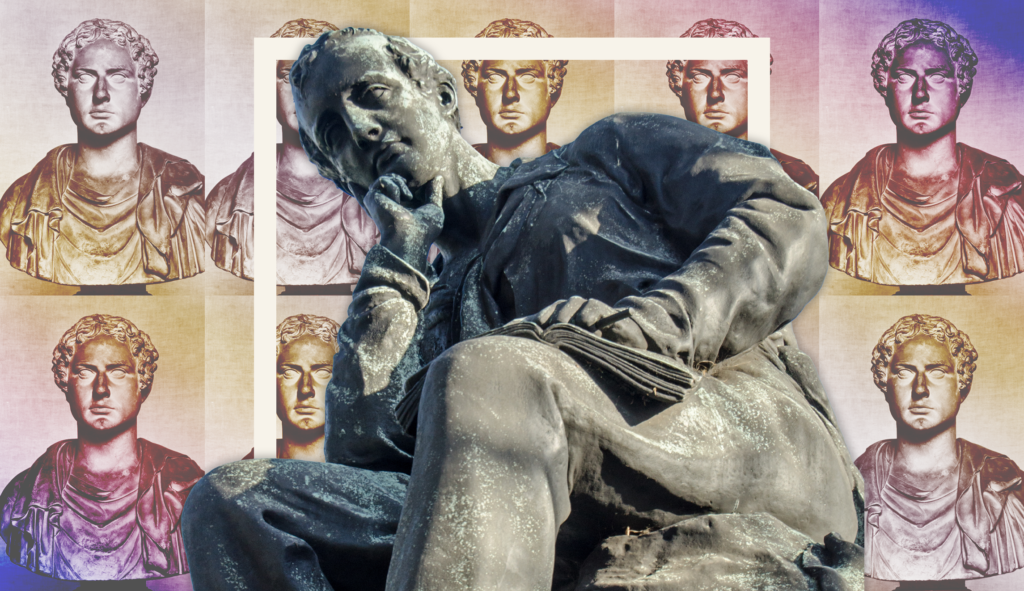In 1824, a month after George Gordon, the sixth Lord Byron, died in Greece at the age of 36, friends and representatives of his family burned the handwritten memoir Byron had gifted to the Irish poet Thomas Moore. Moore had promised to give the manuscript to his son to shock “the later days of the nineteenth century,” but other friends found it too shocking and convinced Moore to commit it to flames.

It is hard to imagine that the manuscript contained anything more shocking than what we already know about Byron from the 3,000 letters he left behind and accounts of friends and acquaintances. We know, for example, that he treated his wife terribly and mostly ignored an illegitimate child who died at 5 in an Italian convent. We know he had innumerable affairs, sleeping with nearly 200 women over three years in Venice and likely had sex with teenage boys. We know he flaunted his affairs in front of his wife and did little to hide a long sexual relationship with his half-sister. We know he could be cruel to people he disliked, drank heavily, and generally led a dissolute life. As a child, he was sexually abused by a nurse and was mocked for his club foot, which may have contributed to his promiscuity and enfant terrible antics, but he was also spoiled by his mother.
These details and more are in Andrew Stauffer’s Byron: A Life in Ten Letters. Rather than attempting to match Fiona MacCarthy’s comprehensive Byron: Life and Legend (2002), Stauffer gives us a portrait of Byron framed by his 10 “most interesting and characteristic letters,” which Stauffer reprints at the beginning of each chapter.
The approach works. We get all the important details of Byron’s life without having to slog through his uneventful early years and lists of liaisons in later years. It also places Byron’s contrasting, even warring, personality in high relief. He was, as Lady Blessington put it, “chameleon-like”: “if ten individuals undertook the task of describing Byron, no two, of the ten, would agree in their verdict respecting him.” Stauffer writes that letting “Byron speak from himself to a wide variety of correspondents might give us our best chance of getting a composite view of his complex and evolving character.”
Byron, for example, was a profligate spender. He had a weakness for “luxuries — fooleries — jewelleries — ‘whores and fiddlers,’” as he wrote his longtime friend John Hobhouse, and was perpetually in debt. While he initially refused payment, as an aristocrat, for his very successful books of poetry, he gave in by 1819 and got as much money from his publisher as he could. He wrote friends that “what I get by my brains — I will spend on my b[olloc]ks.” He also spent it on huge amounts of wine and food for friends and visitors, lavish villas, and a coterie of animals that included, according to Percy Bysshe Shelley, “eight enormous dogs, three monkeys, five cats, an eagle, a crow, and a falcon … five peacocks, two guinea hens, and an Egyptian crane,” all of which Byron kept indoors.

Yet, Byron could also be generous with friends and spent most of his money toward the end of his short life on the cause of Greek independence. He funded a Greek fleet of 16 ships entirely out of his own pocket and paid the salaries of 500 Suliots, who had joined the Greeks to fight the Ottomans, for a year. He helped fund a school for Greek women and supported innumerable Greek and Turkish refugees.
He may have been a libertine, but he was a principled one, telling Lady Blessington that “there are but two sentiments to which I am constant — a strong love of liberty, and a detestation of cant.” Unlike Shelley, who talked about Republicanism but never got involved with local and national movements in Italy, “associating primarily,” Stauffer writes, “with a small circle of English expatriates,” Byron threw himself into Italian life, learning the language and becoming a member of the Carbonari, a secret society committed to establishing a free Italy.
That personal involvement continued in Greece, where he spent his days planning with Alexandros Mavrokordatos, president of the revolutionary First National Assembly at Epidaurus, and, Stauffer writes, “dealing with local disputes, communicating with both Turkish and Greek authorities to arrange prisoner exchanges, spending money for the relief of families, paying soldiers, and corresponding with the London Greek Committee.”
He may have lived for the present — he wrote his publisher in 1819 that “I shall not live long — & for that Reason — I must live while I can” — but he worshiped the great men of the past. As he traveled around Europe, Stauffer writes, “he saw the landscape as everywhere peopled by what he called ‘the great of old,’ and marked by their deeds.” He shared Shelley’s revolutionary views, but he was shocked by Shelley’s atheism and insisted, much to Shelley’s disapproval, of providing his daughter Claire Clairmont (Mary Shelley’s step-sister) with a religious education.
In addition to hitting all the highs (and lows) of Byron’s life, Stauffer connects Byron’s poetry to the events in his life and provides succinct commentary. For all the “irony and cynicism” in his work, Stauffer writes, “Byron had a deep streak of sensitivity, even sentimentality, that never really went away.” A Life in Ten Letters is a nearly perfect introduction to Byron’s life and work, rounded off with a generous selection of color reprints of Byron, his correspondents, and his circle.
Despite his frivolous personal life, Byron made his mark, not only on English letters — his Don Juan remains a masterpiece — but on Europe itself. Italy became a unified state in 1861. Greece won its independence in 1832. Byron supported the former and played a very minor role in the latter. But he played a role nonetheless, and in 1880, the Greek government erected a statue of Byron in Athens. He died pathetically, from a fever after a walk in the rain, which was followed by bloodletting, which likely fatally weakened him. Never one to take himself too seriously, he would have found his end darkly humorous.
CLICK HERE TO READ MORE FROM THE WASHINGTON EXAMINER
Micah Mattix is a professor of English at Regent University.

